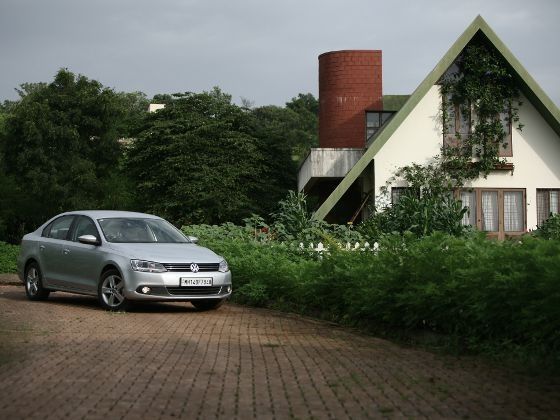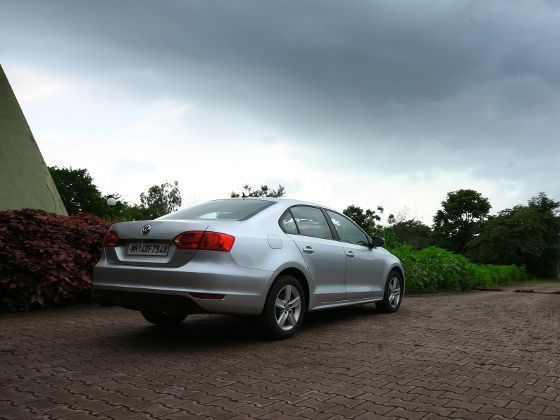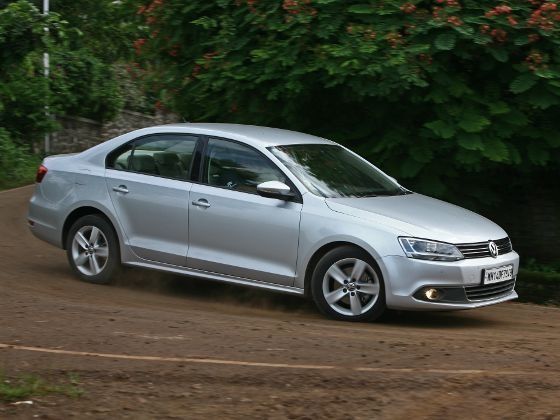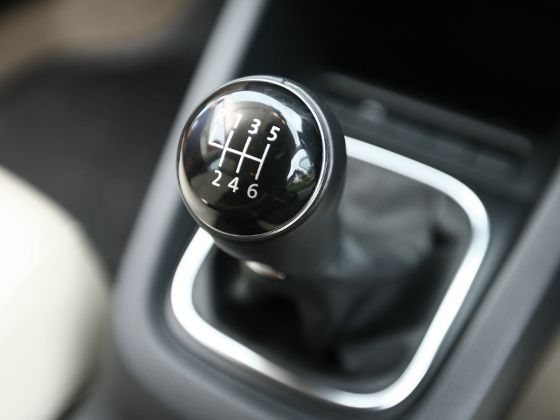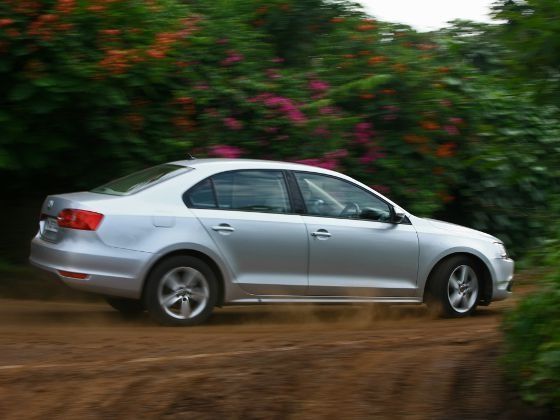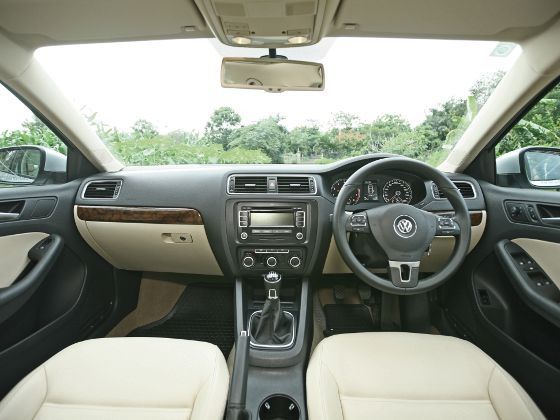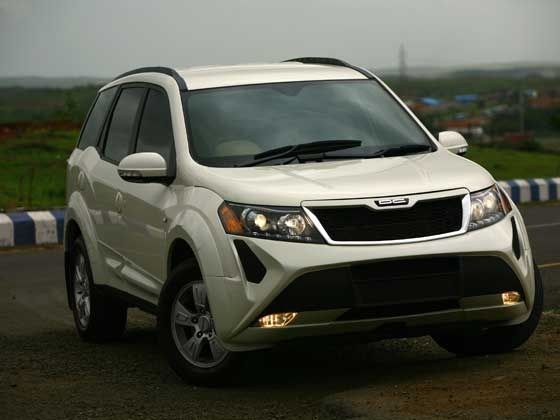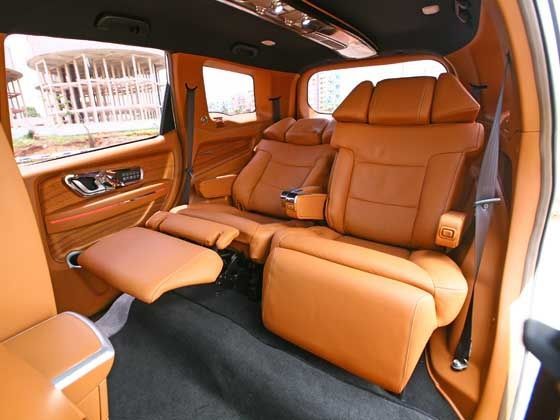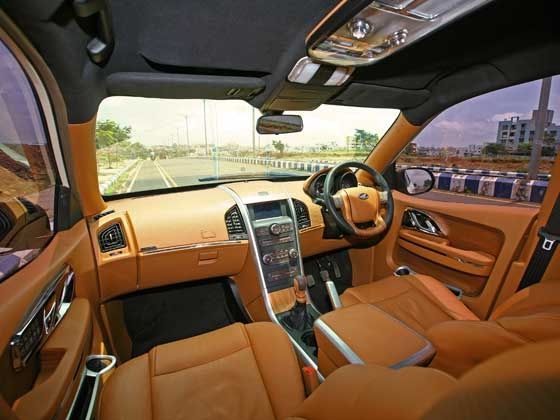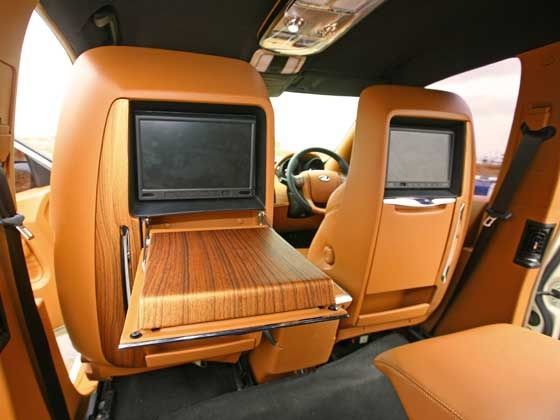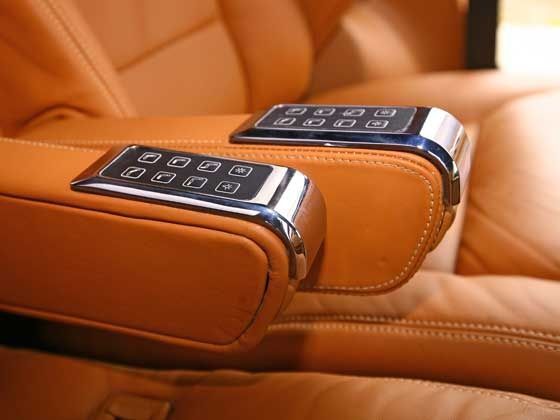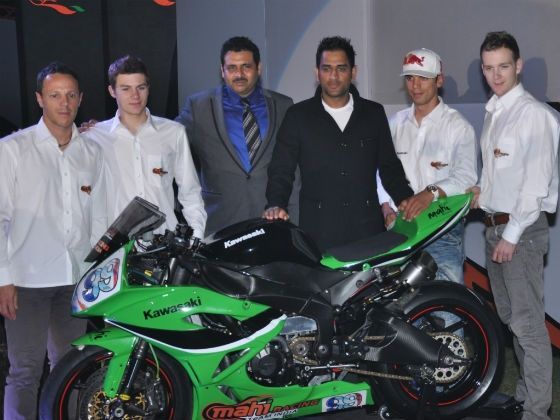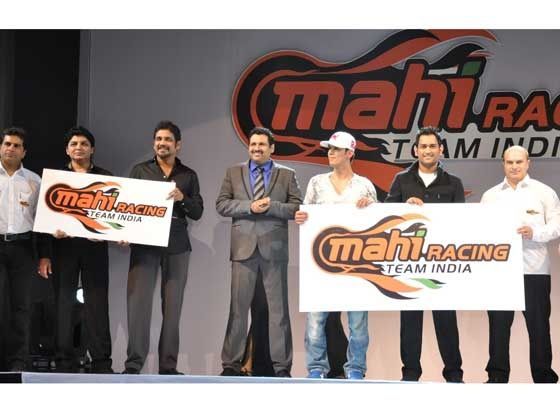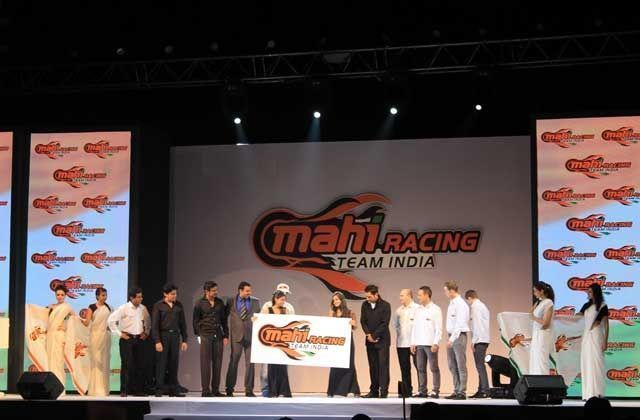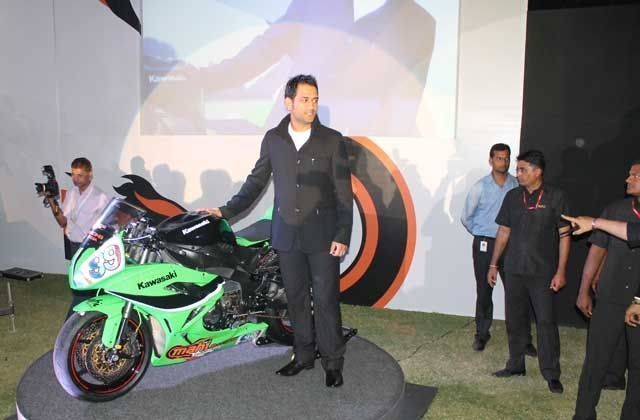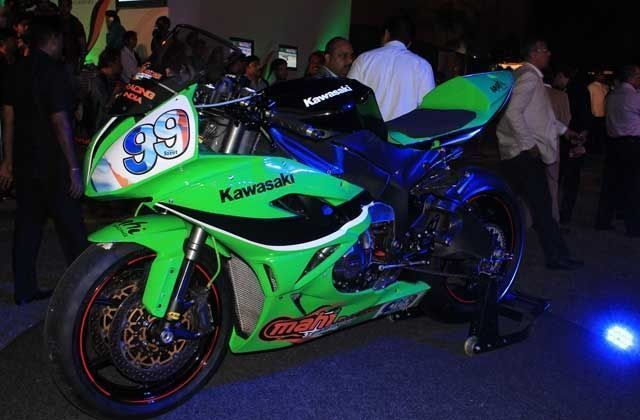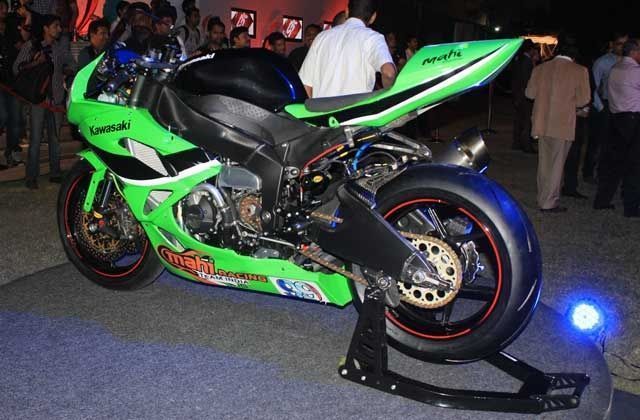With the
venerable Volkswagen Jetta now available with a smaller 1.4-litre TSI
petrol motor, have the boffins at VW made the right trade-off in order
to get the best from this executive saloon? We find out
The Jetta TDI was literally the epitome of the perfect executive
sedan – stylish, upmarket, well built, great to drive and very frugal to
boot. So you’d naturally assume that when its petrol powered twin, the
Jetta TSI, was with us for a couple of weeks for a shoot, the Ziggy Gang
would have showered it with attention. But you’d be quite wrong.
Make no mistake, the Jetta TSI is a great car. But it does pale a
little in comparison to its diesel twin. The problem I believe is that
we were expecting too much from it. When the rumour mill was buzzing
earlier this year that VW was bringing in the petrol Jetta, the natural
conjecture dictated that what we’d find under the hood would be that
delightful 1.8-litre TSI motor that makes us howl with glee when we put
our foot down in the Skoda Laura.
But the Germans pulled a fast one on us and word got around that the
Jetta’s petrol motor would in fact be just 1.4 litres in displacement.
But no matter, VW’s 1.4-litre TSI twin-charged engine is a petrolhead’s
wet dream. This engine is such a technological masterpiece that it has
dominated the 1.0- to 1.4-litre category of the International Engine of
the Year Awards since 2006 and has won the top ‘Engine of the Year’
prize in 2009 and 2010. And as if that wasn’t enough, it even ended the Toyota Prius’ Hybrid Synergy Drive’s reign by winning the ‘Green Engine Of The Year’ award in 2009.
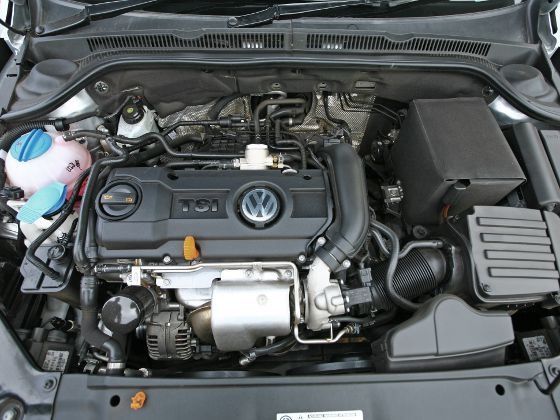
The secret behind this engine’s success is that using a combination
of two different types of forced induction, ie, turbocharging and
supercharging, it can produce up to 179PS of power and 250Nm of torque,
while providing great driveability, excellent mileage and low emissions.
But sadly, for India, we lost the supercharger and received a 1.4-litre
turbocharged petrol engine that produces just 122PS of power and 200Nm
of torque. So you can imagine then, that looking at the facts and
figures, we’d all be left a little disappointed. But then what does all
this mean for someone who fancies buying a petrol powered Jetta in
India? Well, since this is all about a new engine, let’s get straight to
the performance game.
Just how much has the performance dropped?
Of course, with a smaller, and more importantly less powerful engine,
performance is going to be on the low side. So don’t expect this to
take on its diesel twin or its petrol powered cousin from the Skoda stables.
Compared to the Jetta TDI, this is 18PS and a whopping 120Nm down while
compared to the Laura TSI, the difference is 38PS and 50Nm. Now all
this would be fine if the car was considerably lighter, or that engine
was plonked into a smaller car.
But at a bit over 1.4 tonnes, it’s not exactly what you may call
light on its feet. With just the turbocharger having to do all the work
of force feeding that small displacement engine with mouthfuls of air,
the run from naught to 100km/h takes 11.7 seconds, which definitely puts
the Jetta TSI lower down the performance ladder in its class.
Zero to 100km/h times are just one side of the story though, and the
side that doesn’t matter too much in the real world. What matters more
is driveability, and here the Jetta TSI certainly impresses. Not because
it churns out any class leading figures, but because it manages things
that you simply don’t expect from a car that, at least on paper, seems
underpowered. The tractability of this engine is surprisingly good,
especially in the first three gears, and in third, this TSI can pull
along from 60 to 80km/h in just 4.71 seconds.
Gears four through six however all offer overdrive ratios, which
means that when you’re cruising along on the open road at highway
speeds, they offer smooth and efficient driving, but you won’t find
yourself reaching for the top three gears too often in the confines of
the city. But then again, expecting that the
‘driving-about-in-a-single-high-gear’ antics of the TDI would be
possible on this car would really be hoping for too much. Still,
compared to the diesel, the TSI’s short-throw 6-speed gearbox shifts
very slickly indeed and the light clutch pedal action ensures that
changing cogs on the manual transmission never feels like manual labour.
If it’s not as quick, is it more efficient?
With the price of petrol at about 75 rupees across the country,
suddenly mileage becomes an all important factor, even within a segment
you’d think isn’t so concerned with penny pinching and squeezing every
kilometre from that last drop of fuel. The TDI was a very impressive car
in this aspect, churning out a combined fuel economy of above 15kmpl on
the worst of days, and if you used your right foot a little more
conservatively, we’ve seen this number climb even over 30kmpl! Expecting
this sort of frugality from any petrol engine is really asking for the
moon, and even the ARAI’s claim of 14.7kmpl is not too bad really.
Our own tests however run by ZigWheels’ chief road tester, Dilip
Desai, saw the TSI under-delivering on the mileage front than what the
company and the ARAI claims. On the highways around Pune, the figure was
about 11.7kmpl, while in heavy city traffic, it dropped to a paltry
8.2kmpl. With the combined figure barely over 9kmpl, the downsized
1.4-litre TSI engine doesn’t really offer any significant fuel savings
over the group’s 1.8-litre TSI motor doing duty in the Skoda Laura.
However, Volkswagen’s techno-marvel of an engine is certainly what you
can call ‘green’. With a CO2 emission figure of 144g/km, it is one of
the least polluting cars in the executive car segment and getting
yourself one of these cars is an express ticket to guilt-free motoring
heaven.
So what DO you get?
Well, the rest of the car pretty much stays the same, which is a
really good thing. The same conventional, yet handsome styling on the
outside, the same well put together interiors and overall top notch
build quality carry over exactly from its diesel twin. The Jetta’s cabin
is a wonderful place to be in, and while it might not wow you with
gadgets galore, very few cars in the Indian market feel this good,
especially from behind the wheel. And what about the Jetta’s legendary
handling? Well, that’s almost intact. The 205/55R16 tyres provide plenty
of grip in every imaginable driving condition, but with a lighter motor
over the front wheels, the front end of the car feels a little floaty,
though only at high speeds, and the feedback from the steering wheel
isn’t as sharp. But this is still one of the best handling executive
sedans money can buy.
But the real advantage the TSI offers over the TDI is the
affordability factor. With the Trendline model priced at Rs 13.6 lakh
(ex-showroom Delhi) and the Comfortline at Rs 15.07 lakh, variant to
variant, you end up saving over 1.3 lakh rupees, and that’s a pretty
princely sum no matter how well off you are. On the other hand, the
things you do miss out on are the top-of-the-range Highline trim level
(along with all the little goodies that it offers over the Comfortline
trim) and an automatic gearbox option. That being said, it faces stiff
competition from its Czech cousin, the Skoda Laura,
which offers pretty much all the same features, but with the larger
1.8-litre TSI mill, at an even lower price which undercuts the Jetta
TSI’s by about Rs 70,000 to 80,000.
And after everything we’ve said about the car, the thing that we can
take away from it is that it is definitely a brilliant machine in many
departments, but sadly will always feel like it plays the ‘brat’ to its
‘good boy’ diesel twin. If it was a proper ‘bad boy’ (and we mean that
in a good way – in the way that the Laura vRS is to the Laura L&K
diesel), then it’d definitely have many takers. But the way things
stand, it’ll end up being the Jetta for those who think the Jetta is too
expensive. For the rest of those who want the Jetta and are willing to
pay the premium for it, diesel is the way to go!






